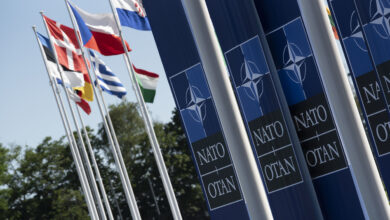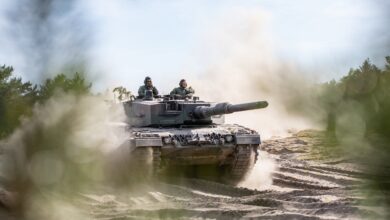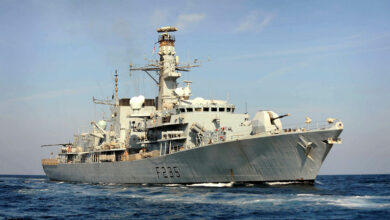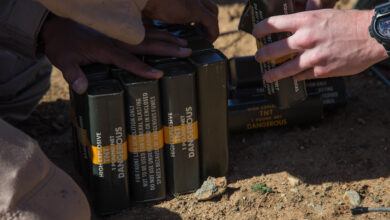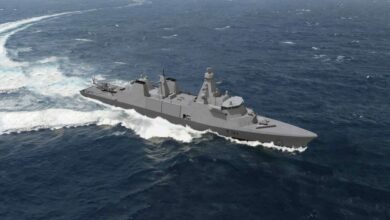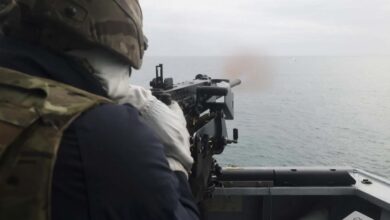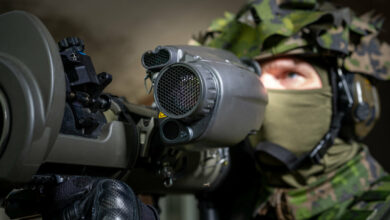The UK Royal Marines Commando Helicopter Force has completed aerial assistance training in extreme Arctic Circle weather conditions.
The Somerset-based group operates at the Norwegian Bardufoss Air Base every winter in the “Clockwork” exercise, upskilling in critical air support with multinational cold weather specialists for emergencies.
They use Merlin medium-lift helicopters for kit and troop logistics and Wildcat multi-role naval helicopters for complex maneuvers.

For the annual exercise, the group travels more than 1,400 miles (2,300 kilometers) from its home base at RNAS Yeovilton across Scotland, the Shetlands, and the North Sea.
“Operating helicopters from an ice and snow covered landscape with the temperature dipping to the low -20s is challenging for all squadron personnel,” 847 Naval Air Squadron Training Officer Lt. Paul Smalley stated.
“Pilots need regular exposure to what we call the ‘Degraded Visual Environment’ presented by the snow covered landscape in Norway in order to maintain the skills required to operate their helicopter in the harshest of environments.”
‘Solid Output’
In this year’s iteration, Clockwork achieved the expected sorties and flight times despite inclement weather.
“Overall Operation Clockwork 23 has been a challenging but rewarding deployment and shown that the squadron always comes together to face adversity and produce a solid output,” Army Air Corps Officer Capt. Ralph Whyte stated.
Clockwork is being held simultaneously with Joint Viking, a separate Arctic training exercise among UK Royal Marines, Norwegian warfighters, and NATO allies.



